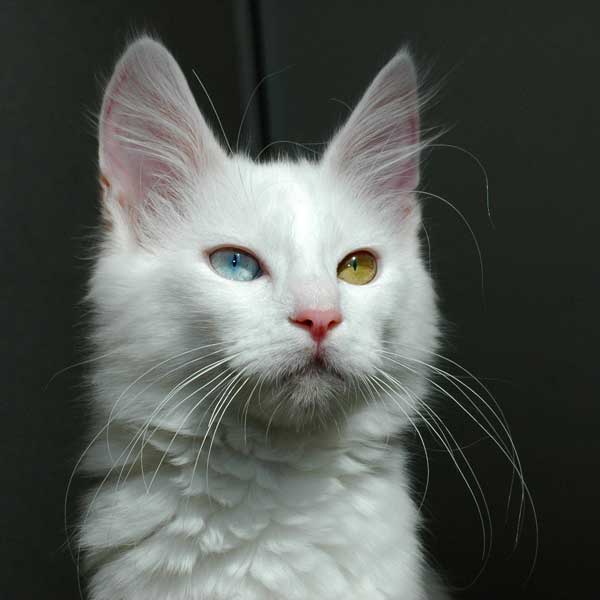 |
| This is a Husky, one of the most common dogs with odd-eyes. |
Heterochromia Iridum, commonly called odd-eyed, causes eyes to be different colors, is very rare in humans but more common in animals.
In dogs, certain breeds are more often to be odd-eyed then others. The three most commonly odd eyed dogs are Huskies, Australian Shepherd, and Catahoula Leopard Dogs. It is also seen in various other dogs, herding dogs, Great Danes, Chihuahuas, and some others.
With cats, Heterochromia Iridum is found virtually exclusively in the white ones. There is, in odd-eyed cats, a connection between deafness, and the odd-eyes. 30%- 40% of odd-eyed cats are deaf.
Odd-eyed dogs and cats make just as good pets as nomal eyed pets, although they are deaf sometimes.
In dogs, certain breeds are more often to be odd-eyed then others. The three most commonly odd eyed dogs are Huskies, Australian Shepherd, and Catahoula Leopard Dogs. It is also seen in various other dogs, herding dogs, Great Danes, Chihuahuas, and some others.
With cats, Heterochromia Iridum is found virtually exclusively in the white ones. There is, in odd-eyed cats, a connection between deafness, and the odd-eyes. 30%- 40% of odd-eyed cats are deaf.
 |
| A Turkish Angora breed cat displaying Heterochromia Iridum. |
That is a first for me...never knew that about eyes being odd coloured in some animals! Now I know...thanks for writing about this info!
ReplyDeleteCanadian grandma